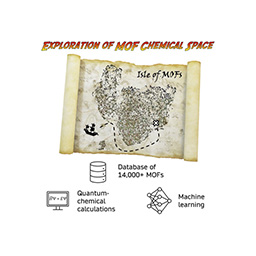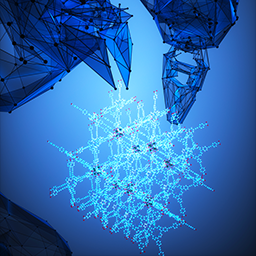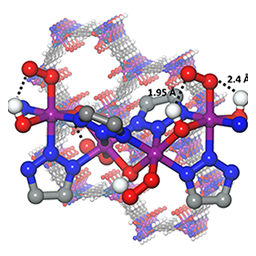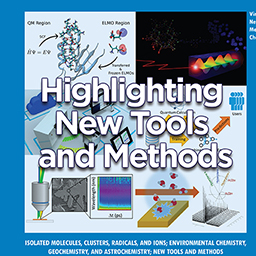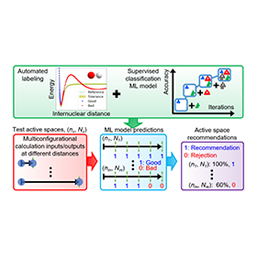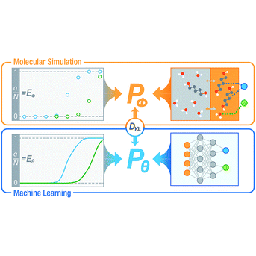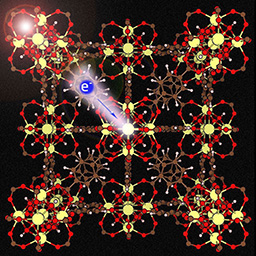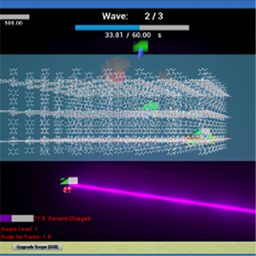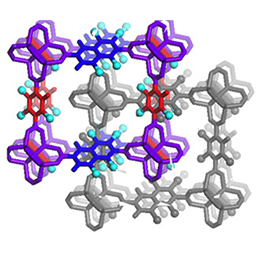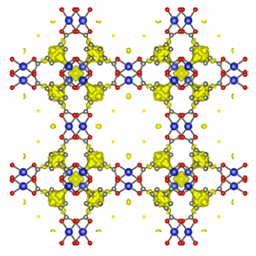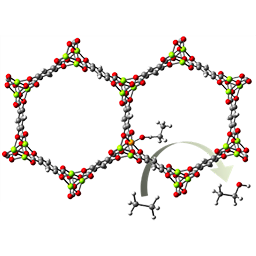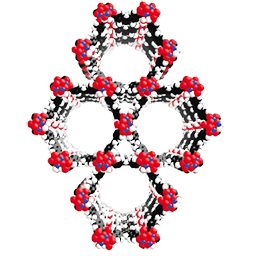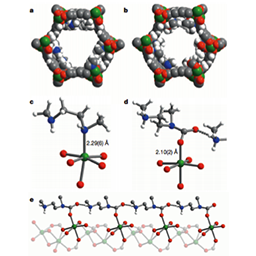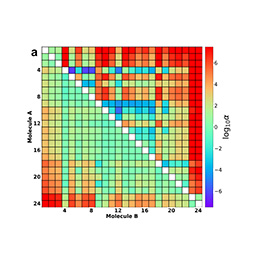
Adsorption space for microporous polymers with diverse adsorbate species
The work of NMGC researchers in the groups of Coray Colina (University of Florida) and David Sholl (Georgia Tech), which appeared in Nature Publishing Journal Computational Materials, provides an extensive dataset of over 240,000 structural conformations of amorphous polymeric materials, adsorption isotherms that account for polymer flexibility, and binary selectivities of 4,140 polymer-mixture combinations, with almost all of them unavailable from experimental works. They evaluated the effect that systematic chemical modification of polymer units has on adsorption loading and show how simple relationships can be used to estimate adsorptive properties and materials rearrangements in seconds or minutes instead of months or even years of experimental studies. Moreover, their public database will allow the application of artificial intelligent methods to these materials which might provide solutions not possible to be envisioned by humans within the urgent time constrains that the planet demands.
Published in Published in npj Comput. Mater., (2021). DOI: 10.1038/s41524-021-00522-8

